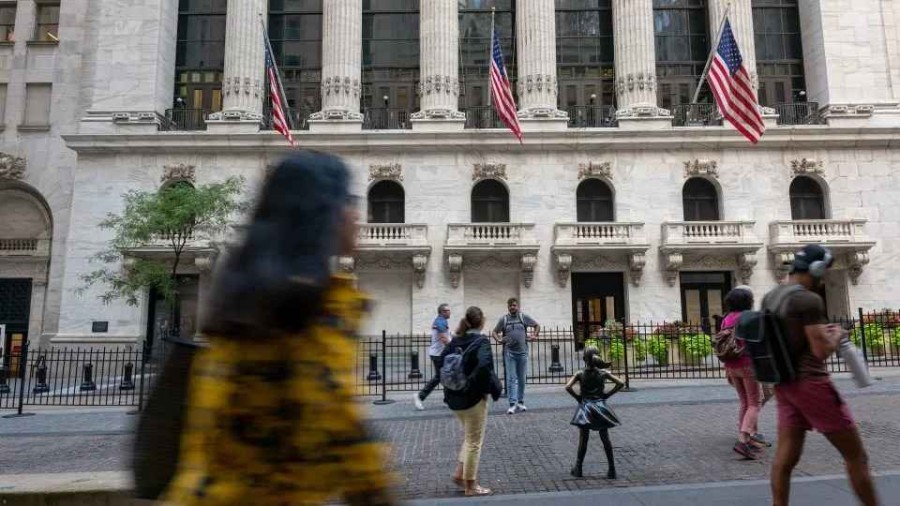What a hot job market means for inflation

The US job market is still piping hot. That’s raising questions about how fast inflation will continue to cool.
The economy added a staggering 254,000 jobs in September, according to Friday data from the Bureau of Labor Statistics. That blew past expectations of 140,000 job gains from economists polled by FactSet, and marked a jump from August’s upwardly revised 159,000 tally. The unemployment rate edged lower to 4.1% from 4.2%.
That comes after the Federal Reserve last month cut interest rates by a jumbo half-point, signaling that it is turning its attention from tamping down inflation to keeping the job market steady. Following the strong labor report, traders raised their bets for a quarter-point cut in November, as opposed to a more drastic half-point cut, according to the CME FedWatch Tool.
Investors say the better-than-expected jobs report suggests that a soft landing, or a scenario in which inflation is tamed without a recession, is in reach. But some warn that a
“With Fed easing now underway, recession risk has collapsed. Markets will need to keep a closer eye on inflation as, now, there are policy risks on both sides of the economy,” wrote Seema Shah, chief global strategist at Principal Asset Management.
Investors will get their next look at inflation through two key reports on deck this week. The Bureau of Labor Statistics releases the September Consumer Price Index on Thursday, with wholesale inflation figures following a day later.
Inflation data in recent months has been encouraging. The Personal Consumption Expenditures price index, the Fed’s favorite inflation gauge, rose 2.2% for the 12 months ended August, down from July’s 2.5% annual rate. Consumer inflation eased to its slowest annual pace since February 2021 in August, continuing a trend of cooling down in recent months.
“The Fed may worry about inflation rearing its ugly head” following the strong September labor data, wrote Gina Bolvin, president of Bolvin Wealth Management Group, in a Friday note. “We may be back to them focusing on a 50/50 dual mandate.”
Stocks have edged higher to begin the fourth quarter after notching their best first nine months of the year since 1977. Markets were volatile to begin October, as escalating conflict between Israel and Iran sent stocks gyrating and crude prices higher. The strong jobs report helped all three major indexes notch a weekly gain.
While oil prices currently remain well below their highs from last year, or the $100 a barrel they breached when Russia invaded Ukraine in 2022, some analysts say that crude prices could drift higher if the conflict in the Middle East broadens even more. A rise in energy costs runs the risk of also pushing up inflation.
Still, investors are breathing a sigh of relief after the International Longshoremen’s Association, the union representing 50,000 members covered under the contract with the United States Maritime Alliance, went back to work on Friday. The two sides’ resolution alleviated concerns that the strike, which ended up lasting three days, could disrupt supply chains and cause shortages of consumer goods and supplies.
Previous Story
- Singapore’s prime office market ‘heading nowhere’ as firms...
- China's top banks to tweak mortgage rates to...
- Current Trends in Bulk Industrial Chemicals Market
- Germany's Wholesale Market Insights Trends and Key Players
- Unique Handcrafted Gifts Transforming the Artisanal Craft Market
- Oil Steadies With Market Focus on OPEC+ Output...
- Banks Likely ‘End Game’ for Repo Market as...
- Industrial Laundry Machines Market Update